|
Meet our new Mille Fleur Roo's. These two handsome roosters are going through that awkward stage but they have lovely feathered feet and are already starting to grow their beards! One is a pretty gold color, and the other a lighter honey color.
0 Comments
One of our organic practices for weed management is sheep. Our Florida Native sheep stroll the vineyard and willingly help out with pulling and eating weeds. It's a win-win situation all the way around and I'd prefer this face over a bottle of Roundup any day!
I'm sitting at the Ford dealership waiting for a bed liner to get installed in the new pickup. This is a great time to some catching up on posts that would otherwise never happen. Our days are so busy with work, school and other obligations that it's hard to squeeze in the responsibilities of owning a farm. You end up being very sensitive to what activities can be done at night vs what needs to be done during daylight hours. Mia took this photo as we were heading home one night. It speaks a thousand words about how our time at the farm ends on busy weekdays.
February through March is vineyard pruning time. Here is what the vines looked like in January. They are beautifully silver and shaggy. Here's a close-up of one of the vines before and after pruning. There's something very meditative for me about pruning. Grapes form on the new vine growth each year, so it's important to do a good job of pruning before bud break. You have to look at each cane individually and determine its destiny for the growing season. The pruning process involves focusing the future growth in an upward direction , minimizing crowding and clipping tendrils that are girdling neighboring canes. This vine isn't quite finished. As you can see, some of the tendrils still need to be trimmed to prevent girdling of the nearby vines. Also, the old shoots are typically trimmed back to about 3 nodes. For me, the practice of vineyard pruning is a cross between the art of growing bonsai trees and untangling Christmas lights with the benefit of clippers.
There is a family of Sandhill Cranes that always likes to visit us when we come to the farm. They love chicken and sheep feed and hang around to pick up the leftovers. Lately, they've become more friendly and come up close to talk to us and let us know they'd like some food. Over the past couple of months, it seems that something happened to the other cranes and we've been left with one that has become pretty bold and demanding. This crane has started approaching me while I'm minding my own business and does this to get my attention. It has also been pecking the sheep in the face, and pecking at my truck . Mia, the bird whisperer" has solved the problem. She strikes a pose - like the one at the end of Karate Kid and makes herself look like a bigger scarier crane. She stands on her toes and spreads and waves her wings, and this guy immediately settles down,
What could be more beautiful than fresh lemon blossoms, baby lemons and ripe lemons side by side on the same tree? We had a huge harvest of delicious and fragrant Eureka lemons from our 3 year old trees this year. These lemons are perfect for making jam, lemonade, limocello and Moroccan preserved lemons. We are still harvesting, sharing, using or preserving every one of them.
In January, the vineyard is sleeping. The leaves have dropped and the vines are taking a long winters nap. The little buds reassure me that the vines will wake up when spring arrives. But with the warm weather this year, one of the vines actually started flowering and forming little grapes - in January. This particular vine is a "Pam" and obviously self-pollinating, since it was able to form grapes all on it's own. It will be interesting to see if these grapes ever undergo veraison. Veraison is the turning point, at which the fruit softens and the fruit becomes sweet. Although the harvest usually gets the most attention, veraison is when the magic happens!
When we arrived at the farm, everything appeared normal. We went about our normal initial routine of penning and feeding the sheep and counting the chickens. As I was planning my next steps, I noticed that there was a cow standing in our back pasture. We don't own a cow. Our fence was built as a fortress to prevent coyotes from preying on our sheep and chickens. It's a 6 foot no-climb horse fence, buried one foot underground with barbed wire 6 inches from the top. Since this was a very large cow, my obvious reaction was that the fence must have come down somewhere. We did two perimeter walks and couldn't find any breaks. With all the rain we had this past summer, the area where we collect our duckweed stayed underwater for months. A week or so before this, as the water in the ditch started drying up, we realized that the bottom of the fence in that section had rusted and disintegrated up to almost 12 inches from the mud in some areas. Since this put our livestock at risk, we already had a call in to our fence man, Wayne McQuaig, who is hands down the best in the business. But a cow coming under a 12 inch gap seemed pretty improbable. I started thinking that I was being punked. At least five people walked the perimeter multiple times and couldn't figure out how she got in. Mia was very excited and hopeful that we had acquired a new addition to the farm, and named her Petal. Turned out, she's a Miniature Black Angus belonging to my neighbor to the east. He acquired her from the lady down the road who said the cow had a habit of getting out and wandering around the neighborhood. Petal wasn't happy. She mooed pathetically and stared wistfully at her friends on the other side of the fence. The sheep weren't happy either. Petal wanted to be with them, but they just panicked and tried to run whenever she came near. I called a friend and we coaxed her out the back gate to join back up with her herd. In the meantime, Wayne added a layer of field fence to the rusted out section in the ditch. But we all keep scratching our heads. My best guess is that Petals ultra short legs coupled with her hefty weight may have caused her to tumble over and sink in the mud far enough to roll under the fence and come up on our side. The good news is that she didn't already have a name and Mia is crazy excited that they will be calling her Petal from now on.
Our sweet potato vines are blooming with beautiful purple flowers. Sweet potatoes are related to morning glories, which is understandable when you see these flowers. The potatoes have already been harvested and these vines will die back with any winter freeze. Back home in the She-Shed there are sweet potato slips from these plants growing in glass containers along the windowsill. These are the plants that will be planted in the spring.
Living 30 minutes east of the farm requires a lot of planning around the weather. The Accuweather radar website helps us predict when we should leave Lakeland so we are most likely to have a pocket of clear sky to do our chores in Seffner. The radar map is updated every 15 minutes and shows how fast things are moving and the intensity of the precipitation. We ended up having about an hour and a half of dry weather this day, which allowed us to do the basics as well as take a few photos.
|
My Story
Archives
May 2016
Categories |



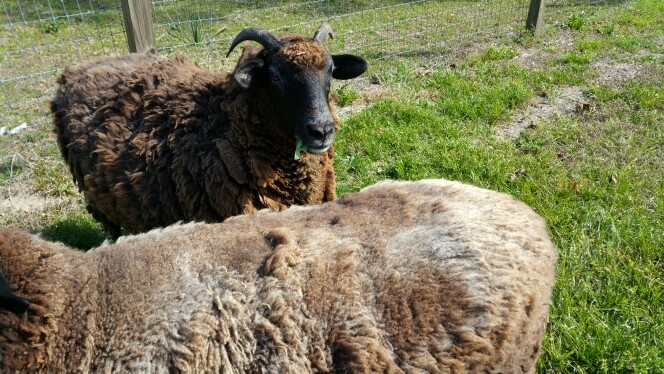

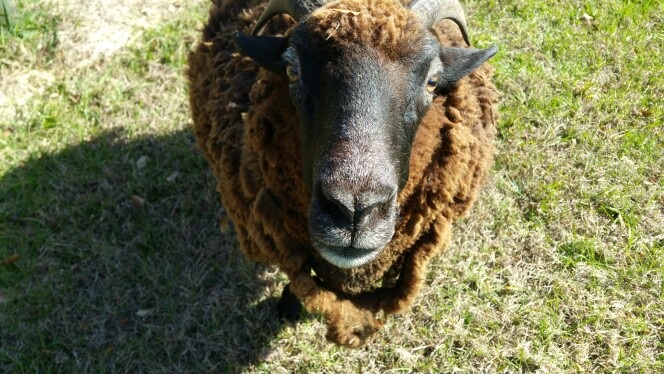

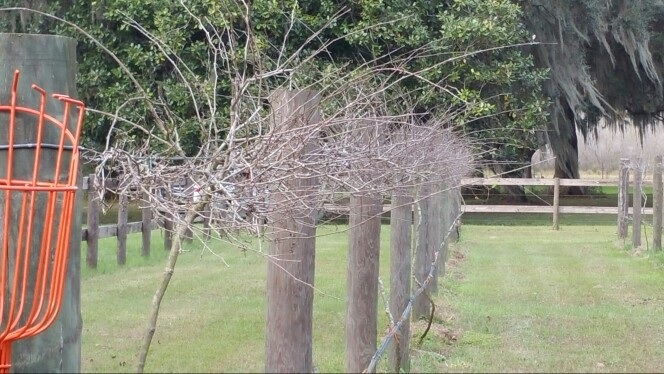




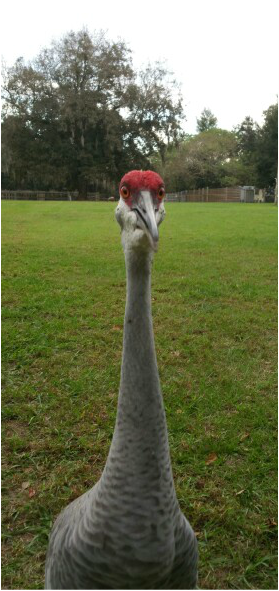

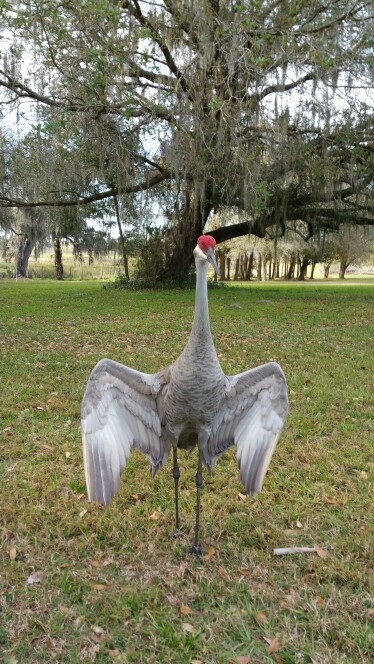



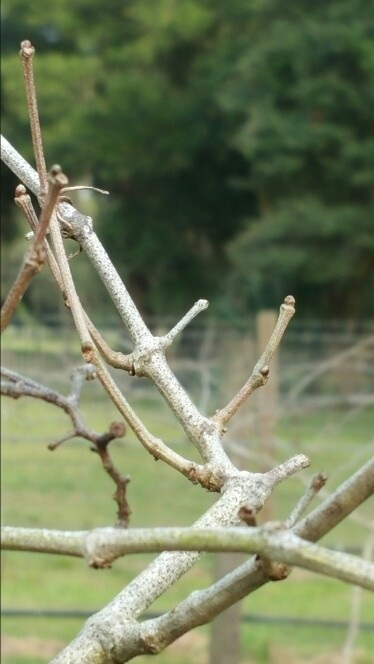





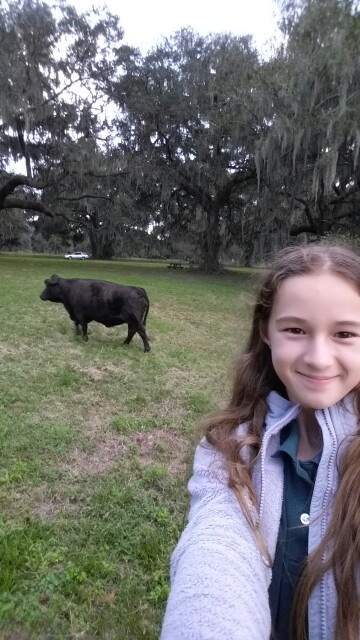
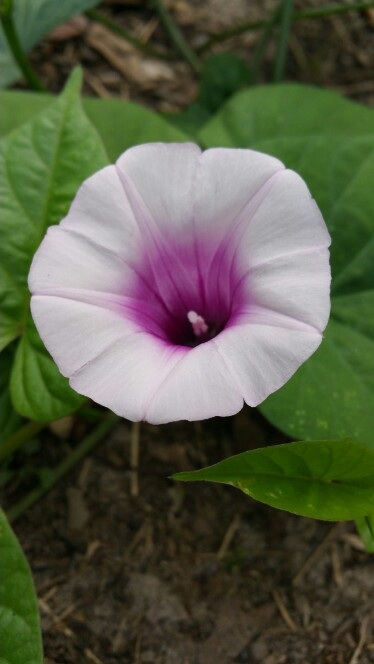

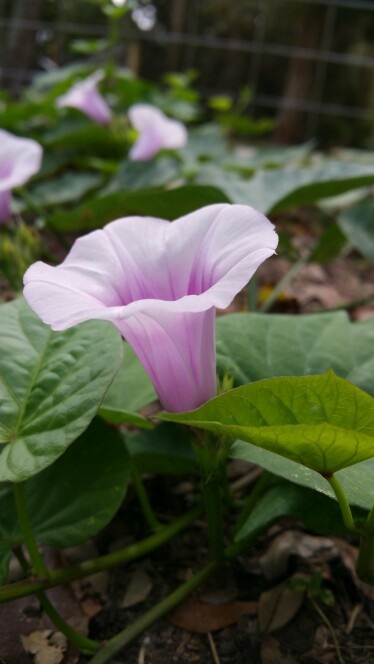

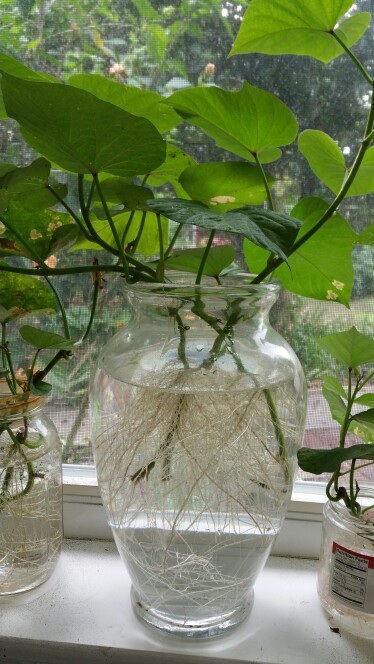
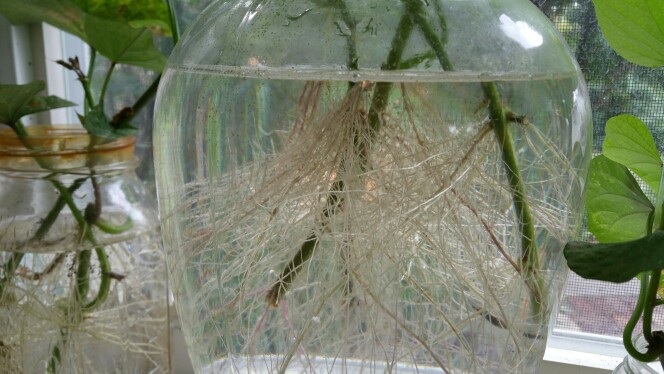
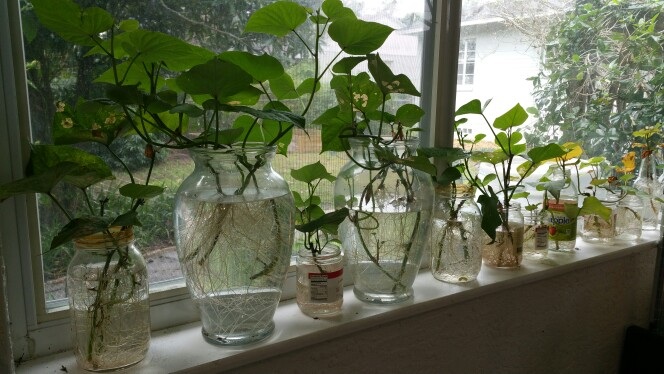


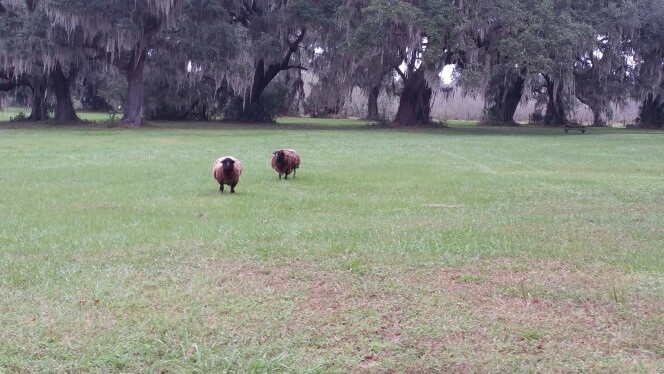




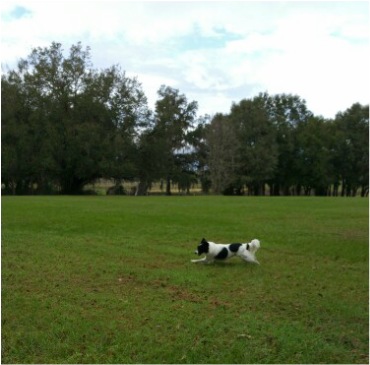




 RSS Feed
RSS Feed
